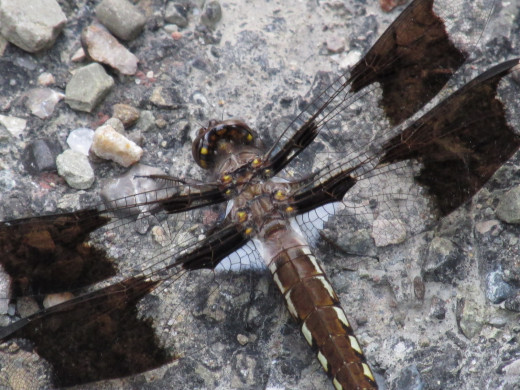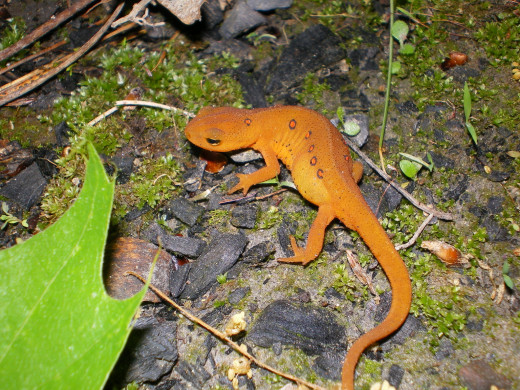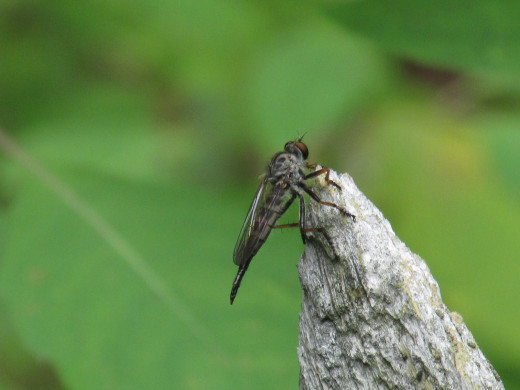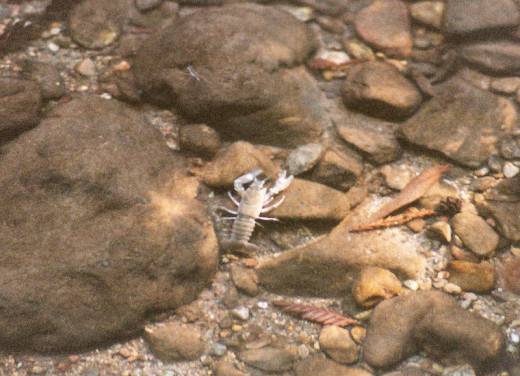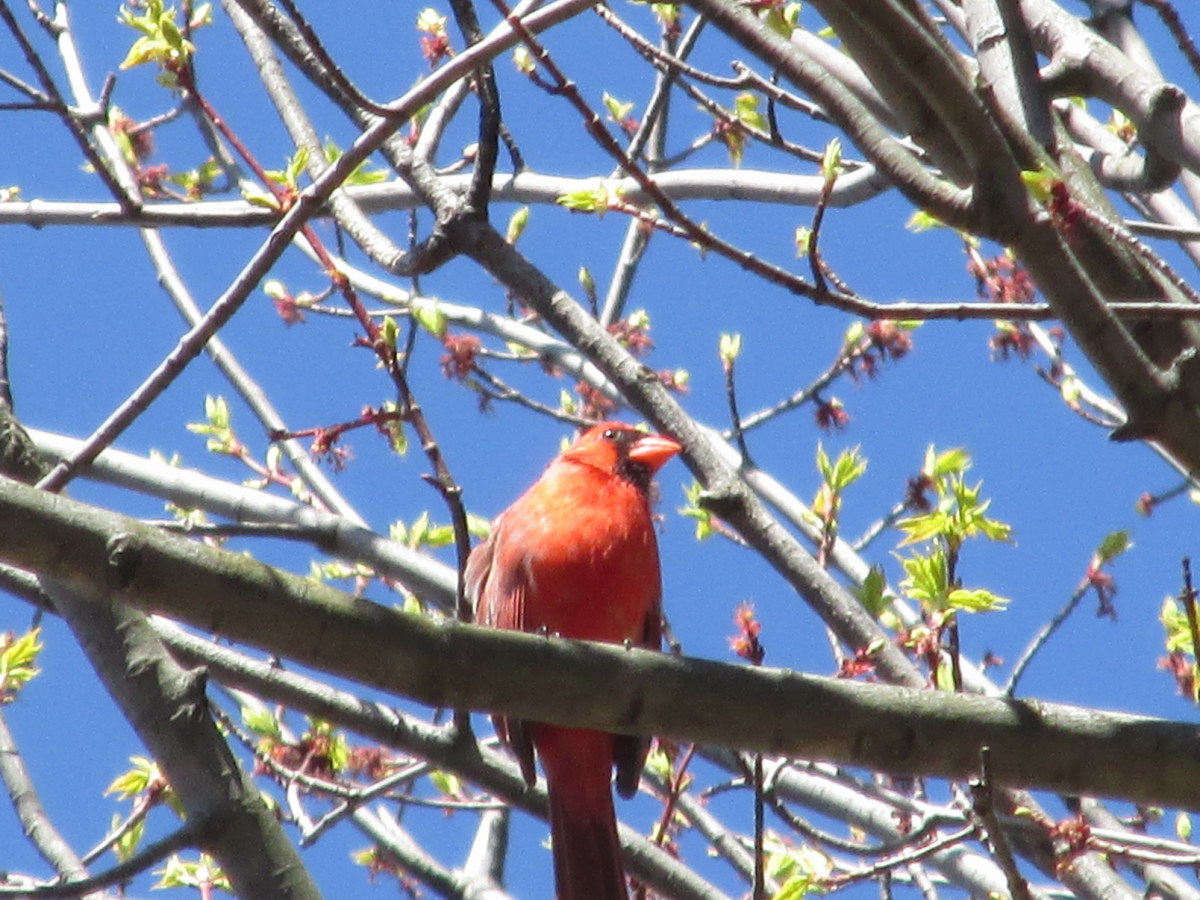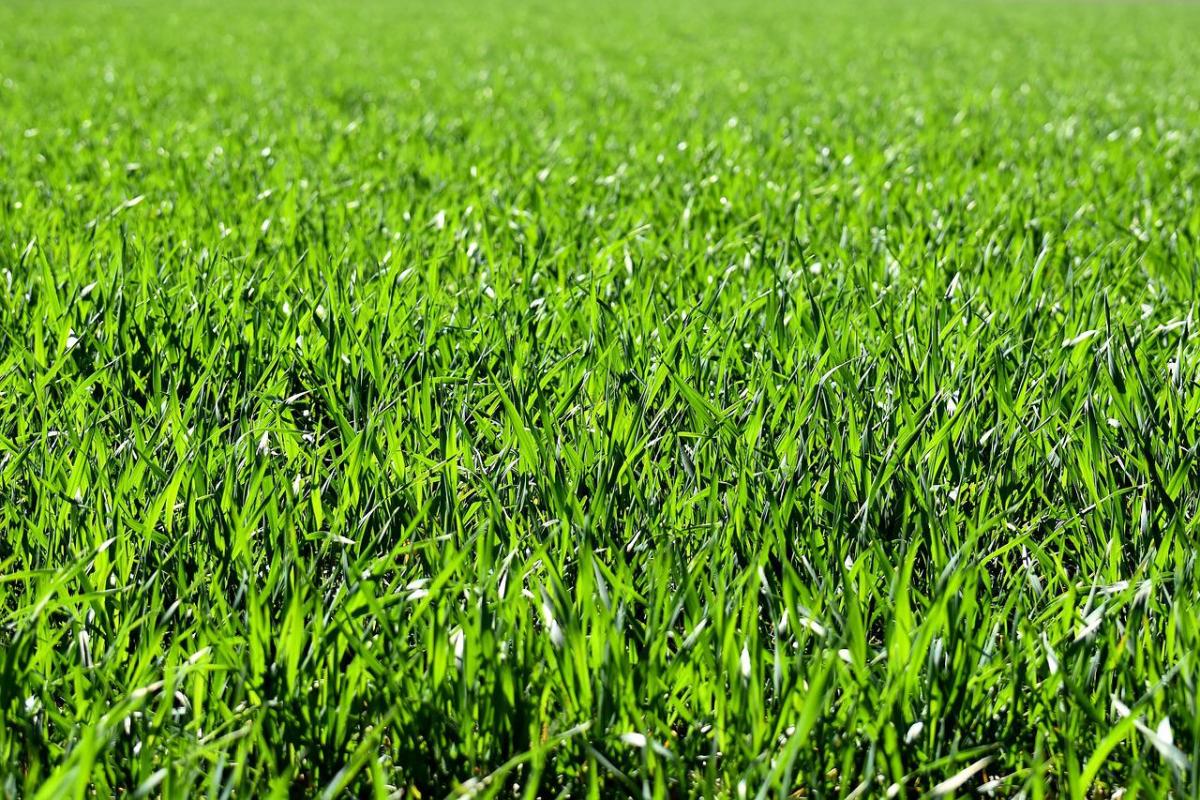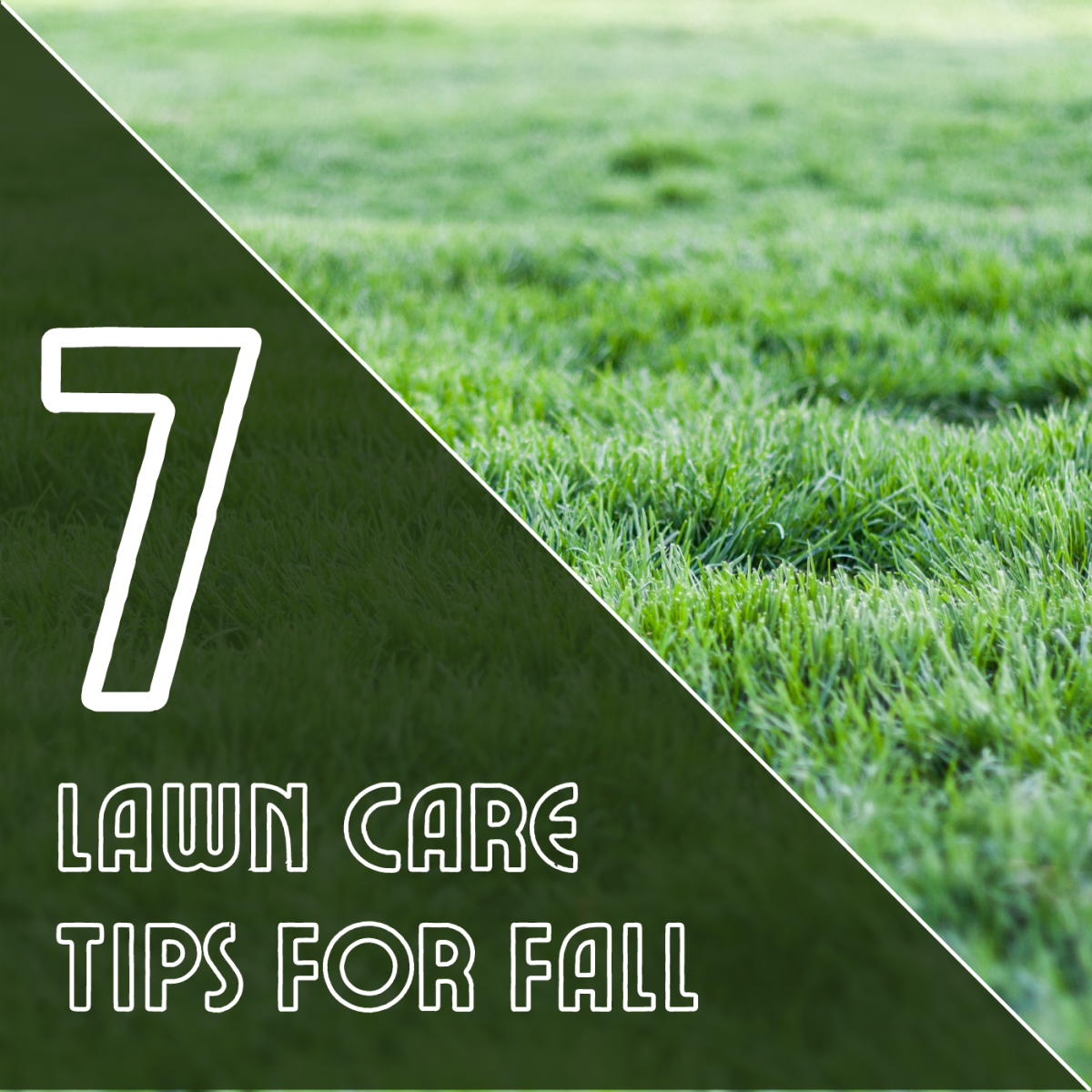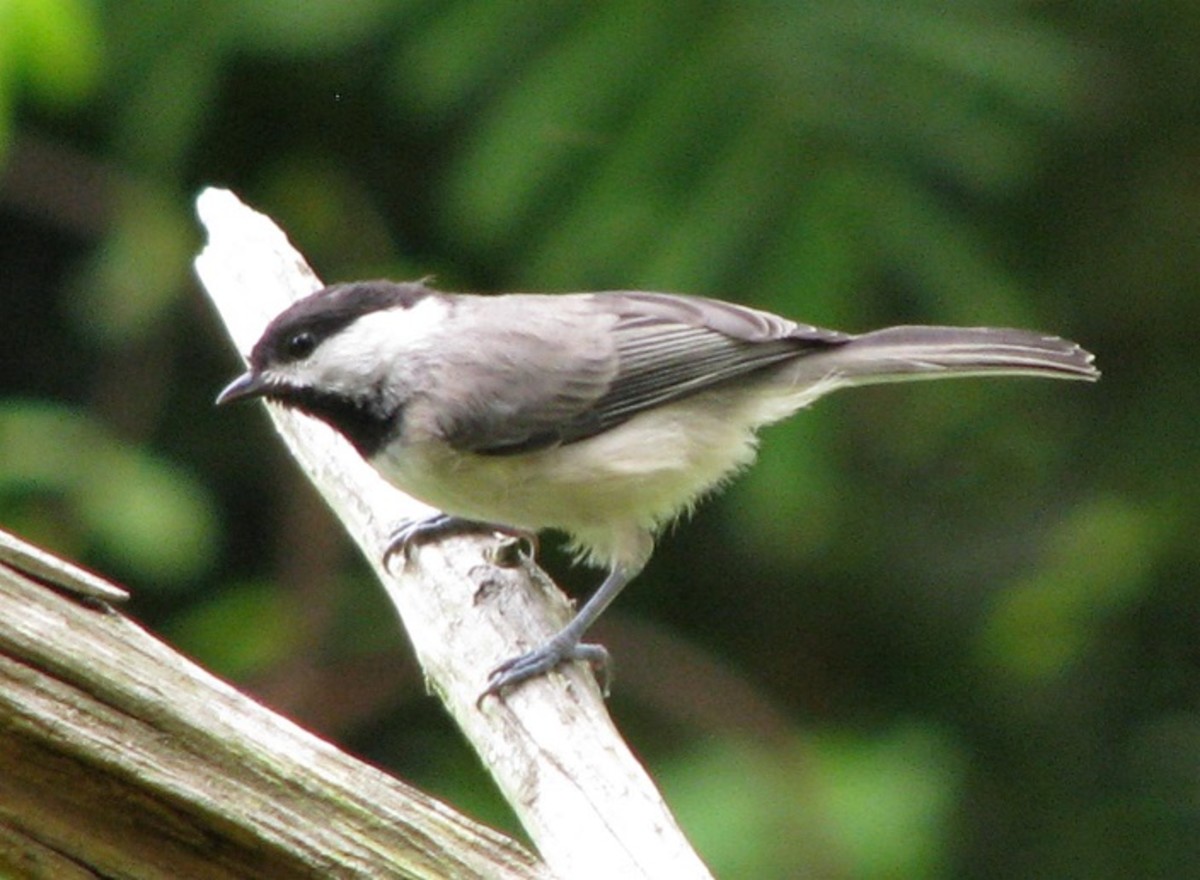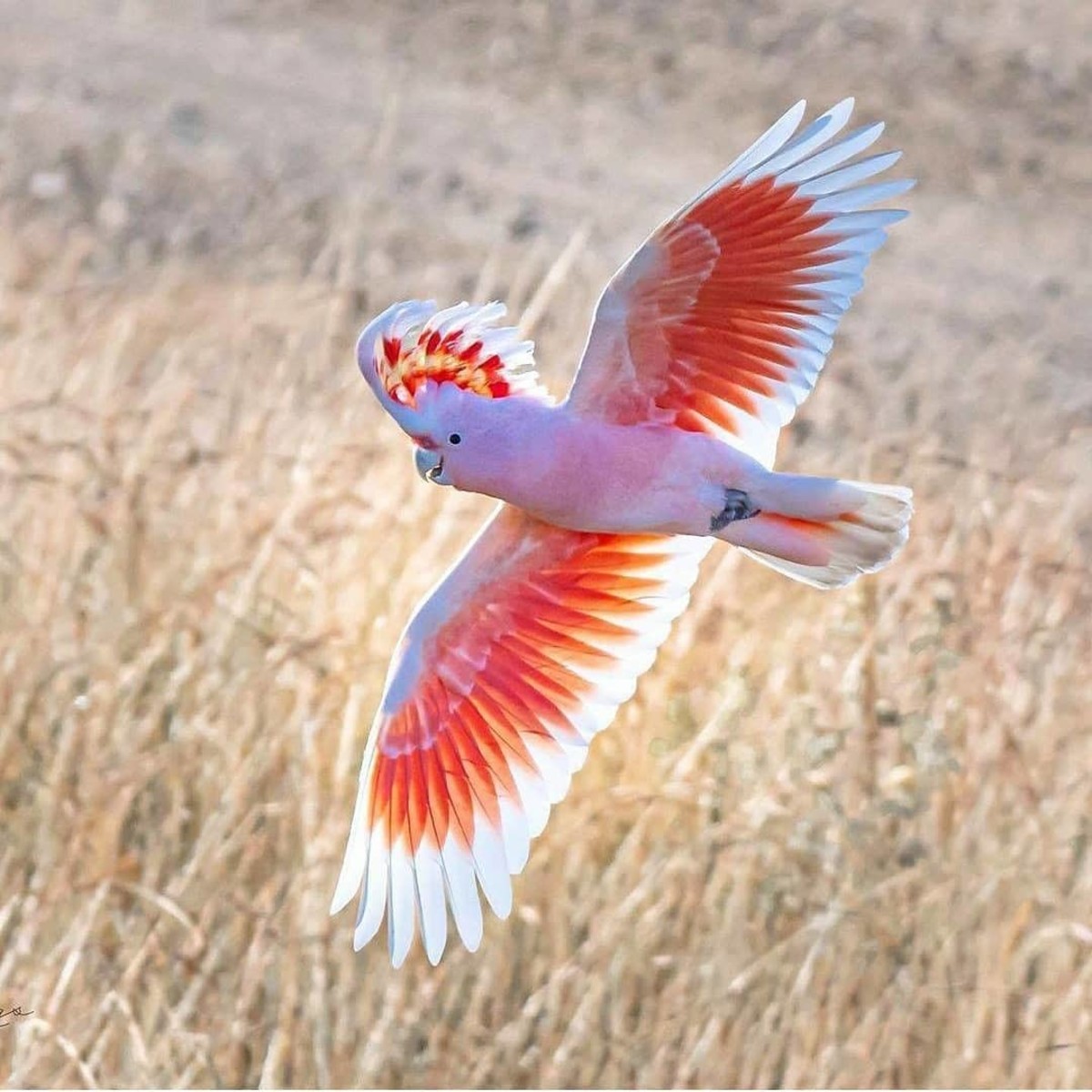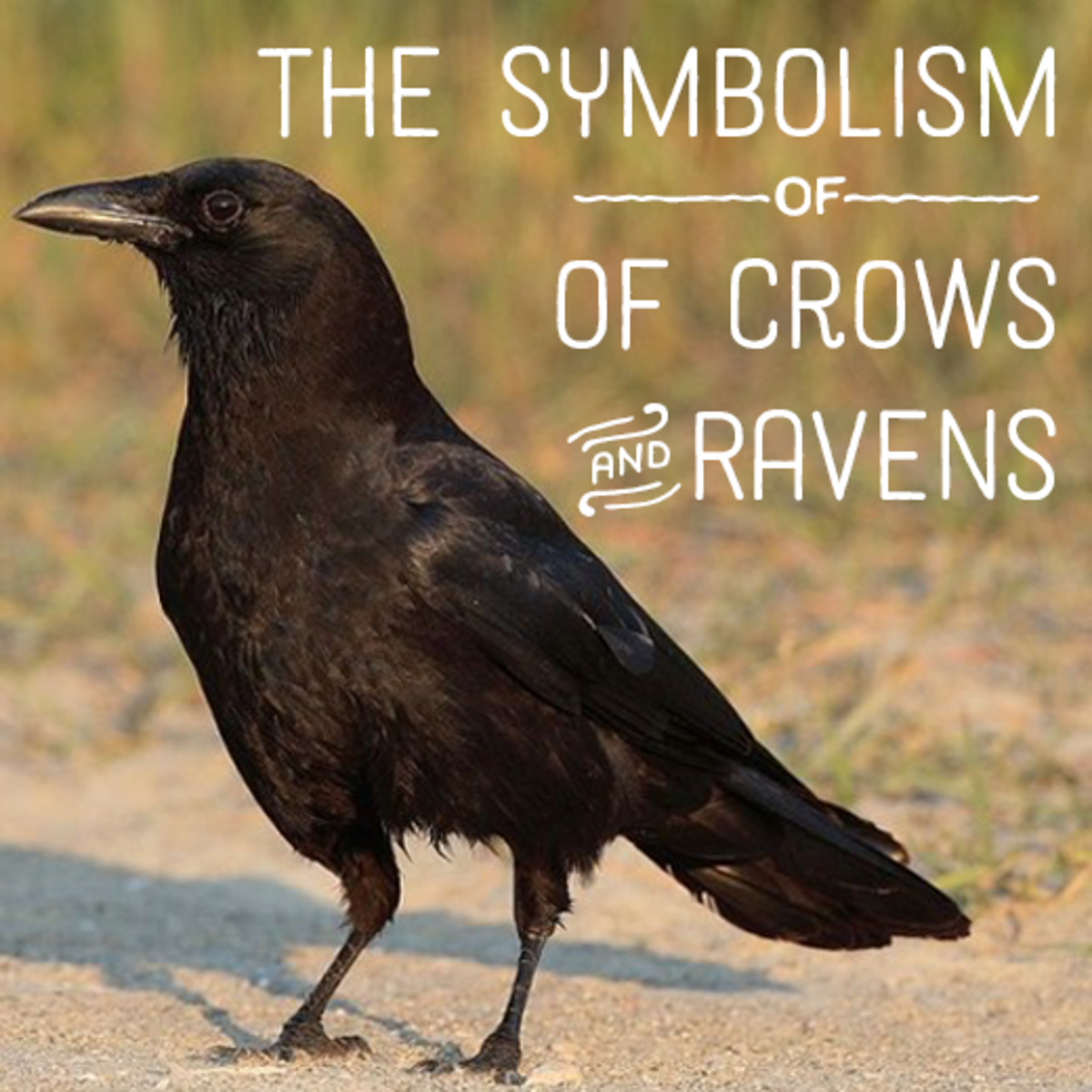Keep It Between the Ditches
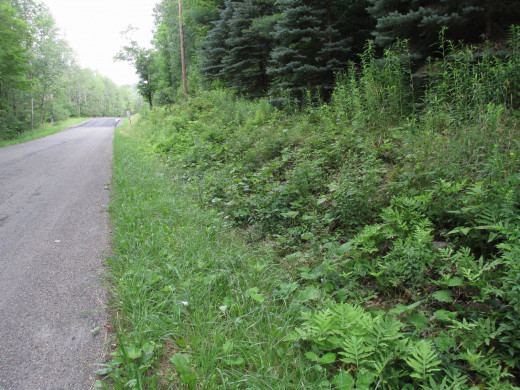
“Just keep it between the ditches.”
I was a little bit nervous, but seeing as how it was my Mom who was giving me my first driving lesson, I soon settled down. Since our rural road had very little traffic, even at ‘rush hour’, my Mom considered it good practice for me to start driving on an actual road rather than in a parking lot.
Questioning Mom on how I would manage to drive in the right lane when I was sitting on the left side, she answered: “You’ll automatically end up where you’re looking, so just keep looking at the road ahead and you’ll be fine!” “Keep it between the ditches”, she reiterated.
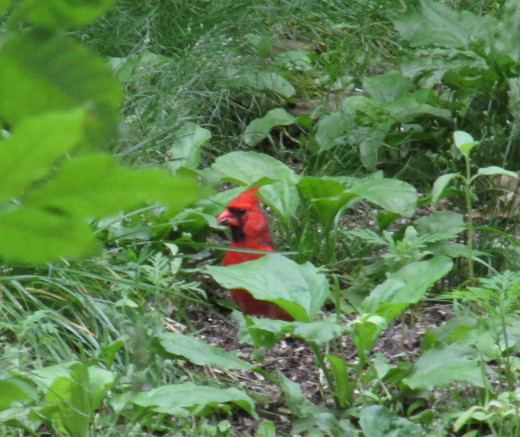
Mom was right, of course, and I’m proud to say I passed my driver’s test on my first try. But every time I think about a ditch, I am reminded of my first driving lesson and my Mom’s gentle wisdom. My interest in them then was little more than the idea that if I were to accidentally go off into the ditch, I would probably break an axle! At that time, our ditches were quite narrow and very deep.
I daresay that most of us barely give ditches a second thought. When my brothers and I were much younger, though, we put ourselves in charge of the ditch in front of our house. In the spring when things were beginning to thaw, we busied ourselves everyday after school and on weekends. After finding a suitable 'ditch stick', we set about de-icing and pulling garbage from the ditch. If we found a clump of dead leaves and sticks clogging the flowing icy water, that was placed on the upper edge out of the way. It was kind of a messy job, but that didn't matter to us!
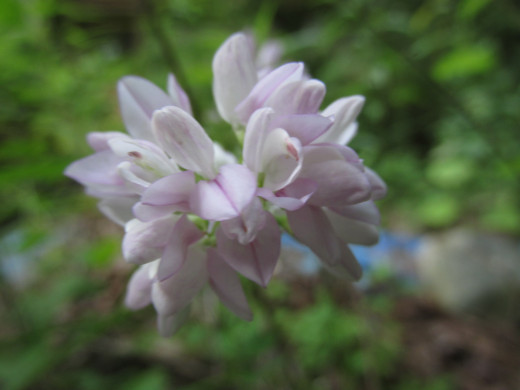
Have You Ever Thought About Ditches as Wildlife Habitats?
The more I thought about and observed birds, though, the more I came to realize how important those ditches are to wildlife. From ditches emerge game birds like turkeys, pheasants and quail. Beautiful bobolinks, that once were so plentiful, call marshes and overgrown ditches home. Turtles and little bug-eating lizards enjoy the damp, cool environment among the tall grass stems. Fireflies, frogs and toads exist most happily in and around the ditch setting.
Roadsides for Wildlife is a group of individuals dedicated to documenting and restoring undisturbed roadsides. It was established in Minnesota in 1984 by Carmelita Nelson to explore the rich potential of this essential, but forgotten habitat. There are hundreds of thousands of acres of roadside environments across the U.S. Think of all the wide grass ditches on the interstates, as well as country roads and utility easements!
I like to take walks along our road, and I never fail to carry a trash bag and gloves with me. Sadly, there are ALWAYS assorted pieces of junk and soft drink cups, potato chip bags and a broken beer bottle or two, among other things, littering the ditches. Unfortunately, to a lot of people ditches are just another place to toss whatever is in their hand at the time. No thought is given to what that stuff does to the environment, or what animal’s nest might be on the receiving end of their lazy carelessness.
Some of the Many Animals That Live in the Ditch Environment
Invertebrates
| Reptiles & Amphibians
| Birds & Mammals
|
|---|---|---|
Earthworms
| Frogs
| Game Birds & Songbirds
|
Dragonflies
| Salamanders
| Foxes
|
Crayfish/Crawdads
| Turtles
| Deer
|
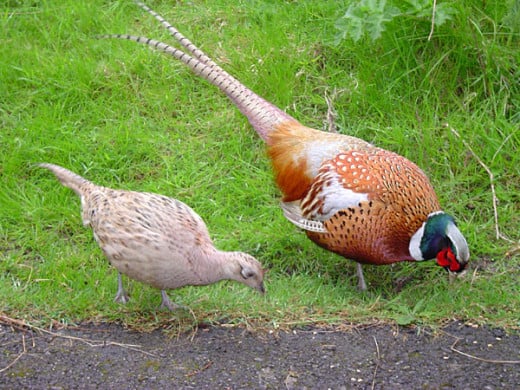
Birds Rely on Ditch Environments
So many songbirds and game birds rely on the ditch and marsh environment. It’s a rich source of protein in the form of insects and invertebrates; but it is also a water filtration system. Rainfall that accumulates in a ditch percolates into the soil and is absorbed and filtered by the reeds and native grasses. That is why we need to educate the masses when it comes to tampering with Earth’s perfect plan.




Some of the Best Wildlife Habitats are Messy!
People as a society don’t seem to appreciate the ‘messiness’ of natural habitats. Ditches definitely fall in to the ‘messy’ category with the tall reeds, sedges and slimy denizens lurking therein. Snails, mollusks, dragonflies, damsel flies, and yes, mosquitoes do inhabit these freshwater areas.
And there is the idea that letting ditches grow untamed will allow hordes of mosquitoes to overtake the countryside. That perception is totally false. Leave Nature to ‘do its thing’, and you will have no trouble with insects that are out of control. Rather, that happens when toxic chemicals and loss of habitat come in to play.
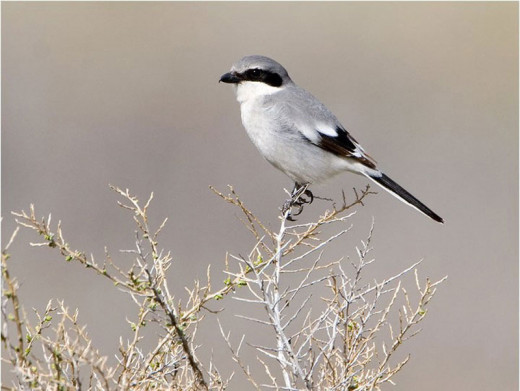
Invasive Fancy Grasses are Multiplying
Most of the fancy grass varieties that look good in a container, or at the back of the garden, will multiply pervasively to the expense of our native sedges and reeds. They tend to be way too tall, wide and thick for game birds to navigate and use safely. But they are taking over those areas rapidly. Just one escaped exotic grass variety can wreak havoc across a wide area in a very short time.
It is very interesting and revealing to note that when ditches are allowed to grow undeterred by humans, the bird and wildlife population can jump by about 30% in a 2-year period! That increase reflects not only those birds that normally prefer ditches and hedgerows, but all native insect and seed-eating birds as well.
Parenthetically, mosquito-eating frogs and toads may increase by approximately the same amount, as will the little lizards that are loved by many birds like our Northern Shrikes. Can you imagine how we could begin to restore our declining songbird population if ditches were allowed to reach their natural potential?
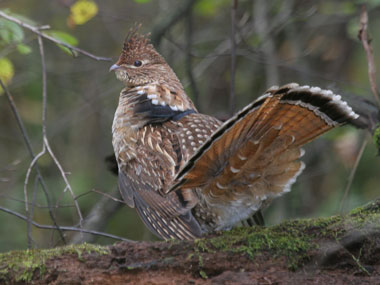
Game Birds Enjoy Ditch Habitats
Wild turkeys, grouse, woodcocks, bobwhites, rails, moorhens, coots, gallinules, red-winged black birds, partridges and quail are just some of the other birds that depend on ditches, tall grasses, hedgerows and marshes for nesting and foraging. They are rich sources of protein for growing baby birds, and they provide essential cover and shelter for nests and nestlings. The disappearance of these environments and the routine use of chemical pesticides and herbicides is directly related to the shrinking populations of these amazing birds.
Listen to this Pheasant Call! Pheasants Use Ditches, Fields & Forbs--video from redjered
Birds like pheasants need tall grasses and hedgerows in which to hide and nest. In order to call in a hen pheasant, the male puts himself at risk. To lower that risk, he will pop his head up above the tall grass to look for nearby predators. If he determines none are in the area, he will begin to make his very distinctive call. He must constantly check the area while calling in the hens so that they can remain safe as they zero in on his location.
New Fuel Source from Cellulosic Ethanol
- HowStuffWorks "How Cellulosic Ethanol Works"
Cellulosic ethanol could provide us with a new, green source of energy. Learn all about cellulosic ethanol at HowStuffWorks.
Win - Win Situation for Ditch Habitats
Scientists are looking into the idea of harnessing cellulosic energy as a possible long-term energy solution. Much like corn that is being used today to make alternative fuel, the forbs of pastures, wildflower fields, prairies and ditches may yield an inexpensive and easily sustainable fuel source.
That would mean a win-win situation for animals and humans. Delaying mowing of the ditches until after the breeding season (July 15), but before it is too late for the vegetation to maintain next year’s optimum height for game birds and other wildlife (August 30), would insure nest sites remain undisturbed for the required 40 days. Plenty of ‘fuel grass’ would then be available for processing into a renewable energy source.
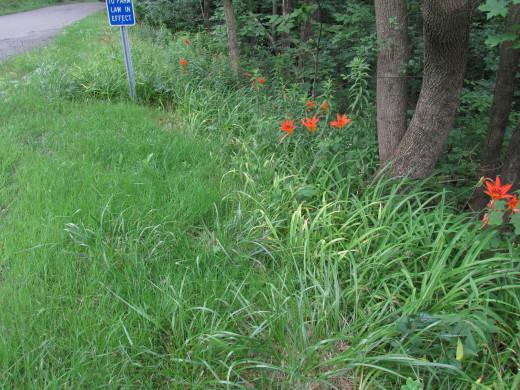
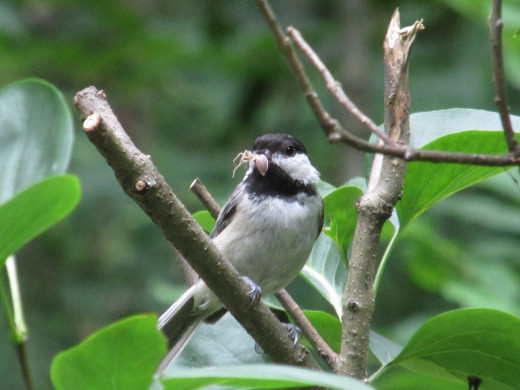
Some animals that use ditches are: rabbits, voles, deer, foxes, common yellowthroats, meadowlarks, mallards, bobolinks, and American kestrels. All often hunt for amphibians, reptiles and insects found in these cool, damp environs.
Plentiful caterpillars and spiders, a main food source for baby birds, are fond of native grasses and sedges. Chickadee parents must hunt for and feed their youngsters several pounds of protein-rich caterpillars and insects before they leave the nest.
Nest Boxes
- Bird Houses | Decorative Bird Houses | Wooden Bird Houses
Handcrafted rustic barn wood bird houses are functional and decorative, and will enhance your yard and gardens, or primitive country home décor.
Nest Boxes and Ditches
Nest boxes placed near ditches that have adjacent open fields will attract bluebirds, which will then do much to control the insect population, just like Pheasants. Game birds like Woodcocks probe the mud with their long beaks for earthworms, which are their primary protein source.
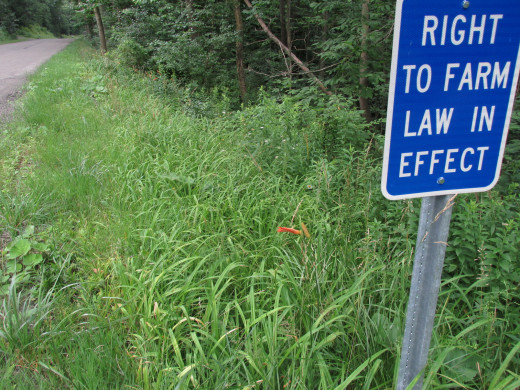
Understanding the relationship between wildlife and ditch environments leads to a better result for humans and animals. This world is teeming with life in every nook and corner. It’s up to us to recognize and minimize the negative impacts we make on our natural surroundings.
The next time you are out driving, look over at the side of the road. And remember to 'keep it between the ditches'!

'You can create yard and garden habitats that Help Birds to Survive and Thrive'
Read more by visiting grandmapearl.hubpages.com

